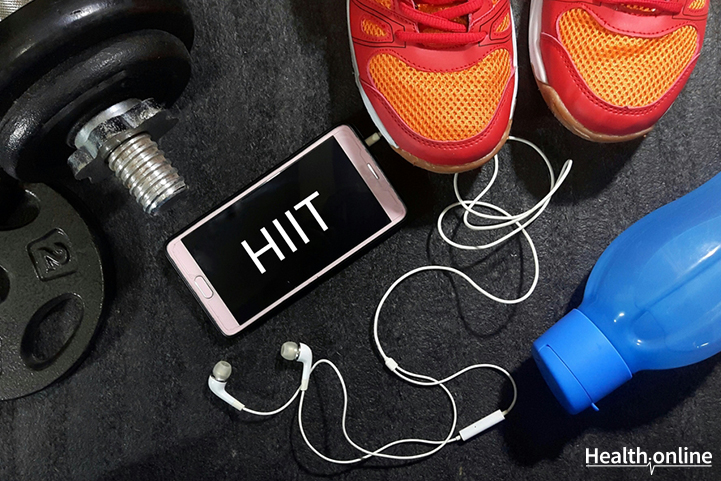
Benefits of HIIT Workouts
HIIT stands for High Intensity Interval Training . It’s the secret weapon of professional athletes and fitness junkies alike. The concept of HIIT is simple: you alternate between short periods of intense anaerobic exercise and short periods of low-intensity exercise or rest. For example, a HIIT workout might include 30 seconds of burpees followed by 30 second of rest, or 30 seconds of sprinting followed by 30 seconds of a light jog.
The important thing is that you go all out and put in the maximum effort during the high-intensity intervals, as this is what makes HIIT so effective. The low-intensity intervals in between give you time for recovery.
Six Significant Benefits Of HIIT Workouts:
More bang for your buck
Running a marathon isn’t everyone’s cup of tea. With HIIT, you get an incredible number of benefits in a short space of time, with no need to slog it out for hours on long runs or bike rides. Some studies have shown that you can achieve the same, if not better, results in half the amount of time by switching to HIIT. Even 15 minutes of HIIT can drastically make a difference.
You keep burning calories
When compared to steady-state aerobic training, HIIT not only burns more calories during a workout, it continues to burn more for hours afterward! HIIT revs up the metabolism and intensifies the EPOC (Excess Post-exercise Oxygen Consumption) process. This leads to a greater calorie afterburn effect for the two hours following your workout.
It boosts your endurance
After you’ve added HIIT to your workout routine, you’ll most likely notice a fantastic side effect: better endurance. HIIT challenges the body and the muscles, leading to fast endurance gains that carry over to other activities like regular cardio.
It strengthens your heart
HIIT really gets your pulse up and your heart pumping, leading to greater heart strength. Additionally, HIIT increases the flexibility of arteries and veins and has been shown to be more effective than continuous training at improving blood vessel function.
It burns fat, not muscle
Maybe one of your fitness goals is to shed weight; but odds are you’d prefer to lose fat, not muscle. Steady-state cardio (like long distance running) is often associated with muscle loss, while HIIT usually builds or maintains muscle while still burning fat. This can be true even if no weights or equipment is used, since HIIT, at a minimum, normally combines cardio with various types of body-weight training.
The equipment is up to you
HIIT can be done using all kinds of equipment, allowing you to really mix it up. Doing different combinations of exercises each time helps to ensure that your body is constantly challenged, that you’re always engaging different muscle groups, and that you’re also mentally stimulated. HIIT workouts can be designed with dumbbells, kettlebells, resistance bands, boxing heavy bags, battle ropes etc. At the same time, one of the greatest things about HIIT is that equipment isn’t a requirement. Using body-weight exercises — like pushups, burpees, sprints, and jump squats — is also highly effective, and allows you to fit in your workout anywhere, anytime.




